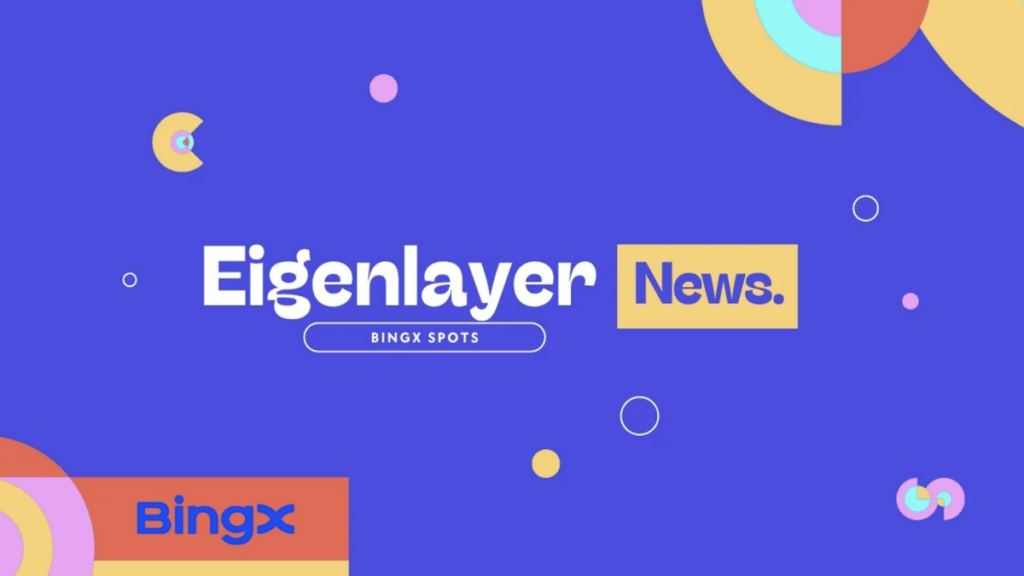Recently, the crypto community witnessed the birth of DN404, a novel and ambitious attempt at transforming the Non-Fungible Token (NFT) space. DN404 isn’t just another standard — it’s a step towards a more versatile and efficient way of handling digital assets. Let’s delve deep into this groundbreaking development, the challenges it addresses, and the potential it holds for the future of NFTs.
The Emergence of DN404
Just a week after Ethereum’s ERC-404 made its unofficial debut, a group of developers introduced DN404, presenting a more refined and functional version of the concept. This new standard promised to bridge the gap between fungible and non-fungible tokens in a way that ERC-404 had yet to achieve. DN404, at its core, is a Divisible NFT protocol designed to enhance tokenization frameworks, ensuring seamless compatibility and operability within the Ethereum ecosystem.
Understanding the DN404 Approach
DN404 sets out with the clear objective of supplementing existing NFT standards rather than displacing them. The key differentiator lies in its dual-contract structure, which underpins the simultaneous operation of both ERC-20 and ERC-721 contracts. This approach offers a range of functionalities not available in standalone ERC-20 or ERC-721 tokens.
The Dual-Contract System
The DN404 framework combines two smart contracts. The first, an ERC-20 token, enables seamless, fractionated ownership rights to be traded like traditional cryptocurrencies. The second is an ERC-721 contract that mirrors the behavior of the ERC-20 token but is designed specifically for NFTs. It allows for the dynamic minting and burning of NFTs based on the transactions of DN404-compliant tokens, ensuring that each fractional holder has a corresponding presence in the NFT space.
Native Fractionalization
Fractionalization has been a persistent challenge within the NFT domain. Traditional ERC-721 tokens prohibit the easy division of ownership, making fractional trading a manual and often cumbersome process. DN404 changes the game by offering native support for fractionalized ownership, opening up new possibilities for investment, trading, and collaboration.

Seamless Interoperability
In addition to fractionalization, interoperability is another cornerstone of DN404’s design. The standard has been carefully crafted to integrate with existing decentralized applications (dApps) and decentralized exchanges (DEXs). This not only broadens the avenues for NFT trading but also paves the way for a more fluid and seamless user experience.
Assessing DN404’s Impact
While the introduction of DN404 has brought an air of excitement to the crypto community, it’s important to approach this standard with cautious optimism. As with any nascent technology, there are uncertainties and risks that need to be carefully considered. One such aspect is the need for rigorous auditing and testing to ensure the security and stability of the DN404 protocol.
As the developers of DN404 continue to refine and test the standard, the coming months will be crucial for its adoption and maturation. The wider community’s response, along with potential use cases and real-world applications, will dictate the trajectory of DN404 in the long term. It’s clear that the standard carries the promise of a more inclusive NFT ecosystem, one that’s guided by principles of efficiency, transparency, and innovation.
Conclusion
In the fast-paced world of cryptocurrency, DN404 represents not only a technical achievement but also a philosophical shift in the way we perceive and interact with digital assets. It serves as a testament to the ingenuity of the blockchain community, which continues to push the boundaries in its quest for the groundbreaking. While the full extent of DN404’s impact is yet to be seen, one thing is certain — it has sparked a new conversation, and its echoes will likely resonate far and wide within the crypto space.
Author

Immersive tech enthusiast, diving into the NFT currents reshaping the Metaverse.





